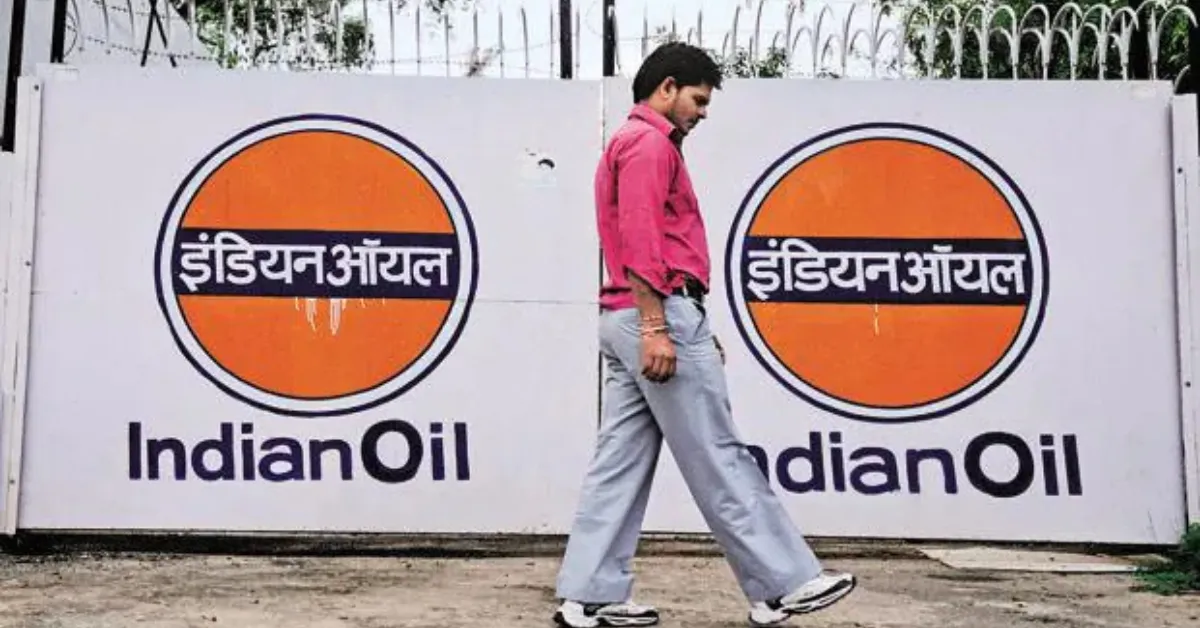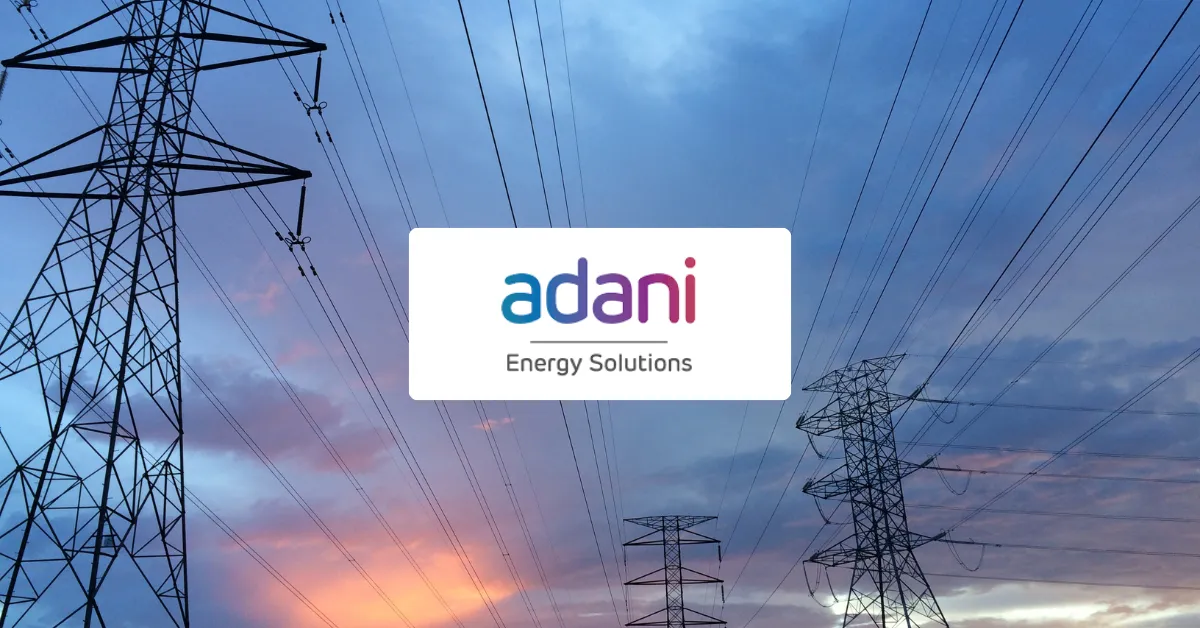Reliance Petroleum Limited no longer exists as a separate listed company after its merger with Reliance Industries Limited (RIL) in 2009. Today, RIL (NSE: RELIANCE) stands as India’s largest private-sector conglomerate, with business interests spanning refining, petrochemicals, digital services (Jio), retail, and renewable energy.
As of October, 2025, Reliance shares closed at ₹1,465.20, marking a strong 25% year-to-date gain. The rally reflects renewed investor optimism following solid Q2 FY26 results, underscoring the company’s robust performance across its digital, retail, and energy segments. Reliance continues to be a key bellwether for India’s economic and corporate growth story.
In this article, we’ll explore Reliance Industries’ business fundamentals, financial strength, and detailed year-wise share price targets from 2025 to 2050. We’ll also analyze how its strategic shift toward green energy, digital transformation, and new-age businesses could drive long-term value creation for investors.
About the Company
Reliance Industries Limited (RIL) is a diversified Indian multinational headquartered in Mumbai. Founded by Dhirubhai Ambani and now led by Mukesh Ambani, RIL operates across:
- Oil-to-Chemicals (O2C): One of the world’s largest refining and petrochemical operations.
- Telecom & Digital (Jio): India’s largest telecom provider by subscribers.
- Retail: India’s most extensive organized retail chain, spanning groceries to fashion.
- Renewable Energy: New-age investments in solar, hydrogen, and energy storage.
Its diversification strategy allows steady growth even amid commodity-price volatility.
Fundamental Analysis
Revenue & Profit Trends
In FY25, RIL posted consolidated revenue of ₹9.8 trillion, while net profit rose by 11% YoY. For H1 FY26, revenue has already crossed ₹5.6 trillion, driven by higher O2C realizations and 17% EBITDA growth in retail.
Analysts forecast FY26 revenue of ₹10.17 trillion, with EPS around ₹60, marking a CAGR of 10–12% over the next five years.
Valuation Metrics (P/E, ROE, EPS)
- P/E Ratio: ~24× (October 2025)
- ROE: ~9.8%
- EPS (TTM): ₹55.4
RIL trades at a moderate premium to peers, justified by its diversified portfolio and consistent cash flow generation.
Balance Sheet Strength
As of Q2 FY26:
- Net Debt: ₹118,545 crore (0.58× EBITDA)
- Free Cash Flow: ₹41,523 crore
- CAPEX: ₹1.18 trillion (mainly toward new energy and retail expansion)
The balance sheet remains healthy, supported by strong liquidity and recurring cash flows from Jio and Retail.
Shareholding Pattern (as of Q2 FY26)
| Category | Shareholding |
|---|---|
| Promoters | 50.5% |
| FIIs | 22.7% |
| DIIs | 16.4% |
| Public & Others | 10.4% |
Institutional ownership remains strong, reflecting confidence in the company’s governance and strategy.
Past Stock Performance
Over the past decade, Reliance shares have delivered compound annual returns of around 14%, significantly outperforming the Nifty 50.
- 2015: ₹900 → 2020: ₹1,450 → 2025: ₹1,465**
Despite near-term volatility in oil prices, the stock’s digital and retail arms have offset refining headwinds. The company’s focus on green energy and its strong cash flow base underpin long-term investor optimism.
Reliance Petroleum (RIL) Share Price Target 2025–2050
| Year | Minimum (₹) | Average (₹) | Maximum (₹) |
|---|---|---|---|
| 2025 | 1,330 | 1,455 | 1,640 |
| 2026 | 1,315 | 1,413 | 1,640 |
| 2027 | 1,480 | 1,623 | 1,750 |
| 2028 | 1,560 | 1,687 | 1,850 |
| 2029 | 2,200 | 2,381 | 2,500 |
| 2030 | 2,600 | 2,829 | 3,000 |
| 2035 | 3,850 | 4,908 | 6,000 |
| 2040 | 4,503 | 5,500 | 7,000 |
| 2045 | 7,200 | 8,500 | 10,500 |
| 2050 | 10,000 | 12,500 | 15,000 |
Reliance Petroleum (Reliance Industries) Share Price Target & Prediction 2025, 2026, 2027, 2028, 2029, 2030, 2035, 2040, 2045, and 2050
Reliance Petroleum Share Price Target 2025
Steady performance expected with growth led by Jio and retail segments. The O2C division stabilizes as crude oil prices moderate. Target range: ₹1,330–₹1,640.
Reliance Petroleum Share Price Target 2026
Earnings visibility remains solid. Continued debt reduction and stable margins likely keep average valuation around ₹1,413–₹1,640.
Reliance Petroleum Share Price Target 2027
Retail expansion and Jio’s potential 5G monetization could lift sentiment. The average target for 2027 stands near ₹1,623.
Reliance Petroleum Share Price Target 2028
New-energy investments begin showing results. Diversification supports valuation between ₹1,560 and ₹1,850.
Reliance Petroleum Share Price Target 2029
Stronger profitability expected as green energy and data-center operations scale up. Stock may test ₹2,381.
Reliance Petroleum Share Price Target 2030
Analysts see robust 10–15% CAGR in consolidated earnings. Long-term average target: ₹2,829, with potential highs near ₹3,000.
Reliance Petroleum Share Price Target 2035
Assuming consistent 12% CAGR, Reliance may trade near ₹5,000 levels as renewable and digital revenues dominate the business mix.
Reliance Petroleum Share Price Target 2040
By 2040, Reliance’s green energy segment could rival its legacy O2C business. Long-term projections point toward ₹5,500 average, with a possible high of ₹7,000.
Reliance Petroleum Share Price Target 2045
If RIL successfully achieves its carbon-neutral targets and scales up global operations, valuations could average around ₹8,500.
Reliance Petroleum Share Price Target 2050
Assuming sustained 10–12% annual growth and dominance in India’s energy-tech ecosystem, Reliance could potentially reach ₹12,500–₹15,000.
Growth Drivers
- Expansion in renewable energy (solar, hydrogen, storage).
- Strong growth in Jio’s 5G and AI-driven services.
- Retail network scaling to 20,000+ outlets nationwide.
- O2C transformation with higher specialty chemical output.
- Strategic debt control and capital allocation.
- Global partnerships in green hydrogen and circular economy ventures.
Expert Views
- Jefferies: Sees 30% upside post-Q2 FY26, citing “robust earnings visibility.”
- Citi: Maintains a “Buy” rating; expects digital revenue CAGR >15% through FY28.
- Bernstein: Upgraded target to ₹1,640; highlights undervaluation relative to sector peers.
Overall, analysts remain moderately bullish, emphasizing long-term transformation beyond hydrocarbons.
Risks & Challenges
- Volatility in crude oil and petrochemical prices.
- Execution risk in renewable and digital transitions.
- Regulatory headwinds in telecom and retail.
- Global economic slowdowns impacting demand.
- Currency and interest-rate fluctuations.
Investment Suitability
Reliance Industries suits:
- Long-term investors seeking stability and growth.
- Diversified portfolio builders wanting exposure to energy, telecom, and retail.
- Moderate-risk investors preferring blue-chip consistency over speculative momentum plays.
Short-term traders, however, may see limited volatility due to RIL’s size and steady institutional support.
FAQs
1. What will be Reliance’s share price in 2030?
The average target for 2030 is around ₹2,829, based on 10–15% earnings CAGR and digital-retail expansion.
2. Can Reliance reach ₹3,000 by 2030?
Yes, under optimistic conditions driven by margin growth in Jio, retail, and renewables.
3. Is Reliance Industries good for long-term investment?
Yes, its diversified business model, debt management, and shift toward sustainable energy make it attractive for long-term investors.
4. Why do analysts track Reliance so closely?
RIL represents a significant share of India’s GDP and stock index weightage, influencing overall market sentiment.
Conclusion
Reliance Industries continues to evolve from a traditional energy player to a technology-driven, green-energy conglomerate. With solid fundamentals, diversified growth, and visionary leadership, the company remains well-positioned for steady value creation through 2050.
While near-term gains may be moderate, the long-term potential remains compelling for investors aligned with India’s economic and energy transformation.
Sources:
- Reliance Industries Annual Reports
- Reliance Industries Q2 FY26 Earnings Release











